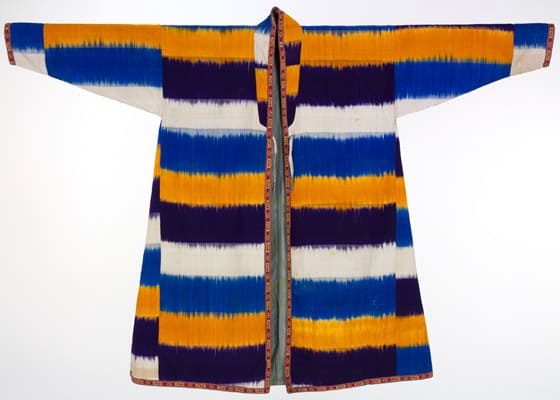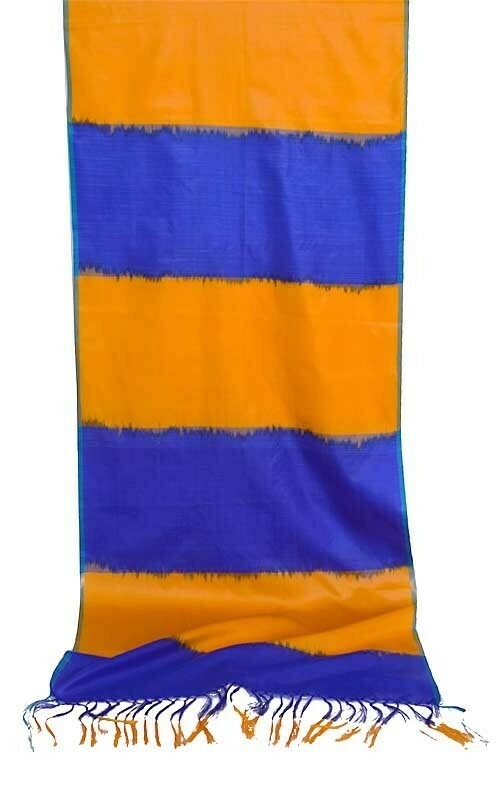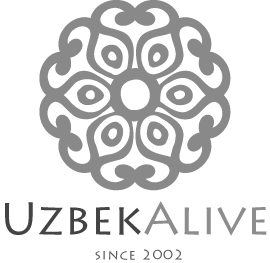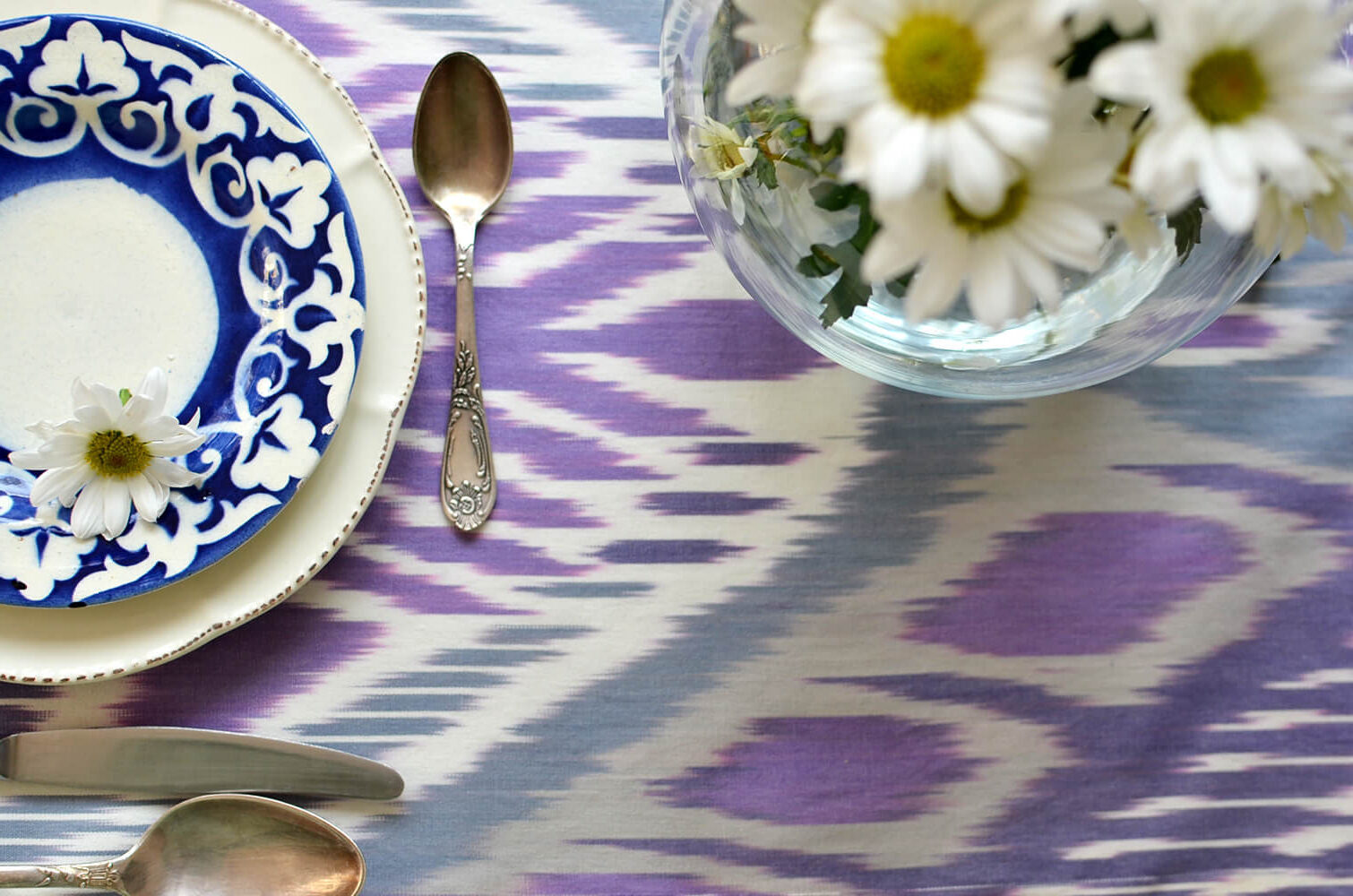
How 19th-Century Ikat Pattern Wove its Way Back into 21st-Century ikat scarf
In the world of fashion, we have seen the significant impact of wars, famines, and diseases. A similar fate befell on Uzbek ikat patterns and ikat weaving traditions.
The Soviet State had a huge impact on Central Asia’s rich textile heritage. In those years, people escaping a new regime took invaluable artifacts with them in their journeys. Some artifacts were lost, looted, or intentionally destroyed. The Soviet Union’s policy gave preference simplicity and uniformity and suppressed certain traditional practices and textiles.
Rich people who managed to escape from the Central Asia were a main reason how Uzbek textiles from early 20th century survived to this day. Those were people who were moving with their belongings, usually clothing which included artisanal textile masterpieces. They sold some of their textile belongings en route to a safer life of which found their way into museums and private collections. It is due to this preserved information Uzbek artisans managed to recreate an almost lost tradition. While one could argue that these artifacts belong to Uzbekistan and should be returned, one can also consider a perspective of gratitude. The preservation of these Ikat patterns in foreign museums saved them from the permanent loss. Thankfully, we can look back and recreate something that we temporarily lost.
Ikat fabric making in new Soviet Uzbekistan
Artisans often had to secretly preserve ikat patterns and ikat weaving secrets to prevent them from full loss. However, most of the intricate and complex ikat patterns were forgotten since no one used them. The Soviet regime only favored simplified patterns. The new country which had to educate and to provide basics to the impoverished USSR republics focused on basics and simplicity. It was easier and faster to make simple ikat pattern fabrics.
In the 1990s, following the dissolution of the Soviet State, Uzbekistan’s artisanal textiles came to a spotlight. This is when the information flow from the West to Uzbekistan started in a form of photos and books. Many forgotten or what we thought were completely lost ikat patterns were revived through the books and photographs of the ikat clothing that were preserved in private collections in American and European Museums.
One such example is this mesmerizing old Ikat pattern on a robe from the 19th century ( present at the V&A museum).

http://www.vam.ac.uk/content/articles/c/central-asian-ikats-from-the-rau-collection/
Central Asian Ikats from the Rau Collection
UzbekAlive takes pride in presenting this pattern as a silk scarf pattern in the 21st century. Our Yellow and Blue Silk Scarf is 100% silk and is entirely hand-dyed and hand-loom woven.

Uzbek Ikat Silk Renaissance
One door closes and opens many other doors and windows of opportunities. Soviet Regime’s government ikat production came to a halt in the early 1990ies. The reason for this was a lack of state financing of textile factories. Having lost their jobs ikat makers took their skills to their own homes and revived traditions of ikat handloom weaving. Some examples of their work you can find in our ikat fabrics and ikat silk scarves sections.


